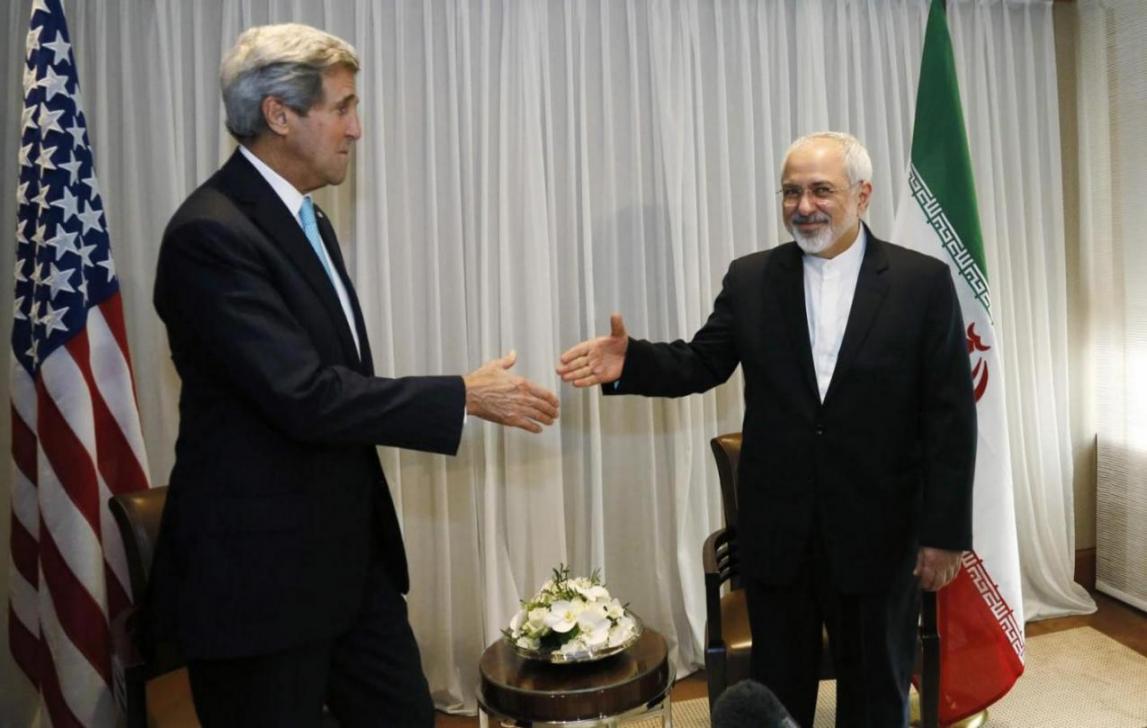With only a few weeks left until the March target date for a political understanding in the nuclear talks with the major powers, Iran seems to be ahead in pushing the other side to compromise, particularly on the number of uranium enrichment machines it would maintain under a prospective accord, the Associated Press wrote in an article on Tuesday.
Iran and the P5+1 (the United States, Russia, China, Britain, France and Germany) are in talks with a view to preparing the basic framework of a long-term settlement to the 12-year dispute over Tehran's nuclear work by the end of March ahead of a June deadline for a comprehensive pact.
The main dispute is over the size and potency of Iran’s uranium enrichment program. The US came to the table demanding that Tehran dismantle 80 to 90 percent of the nearly 10,000 centrifuges now turning out enriched uranium along with all of the 8,000 or so other machines set up but not working.
But faced with Iranian resistance, diplomats now say the US is prepared to accept 4,500 operating centrifuges — perhaps more — if Tehran agrees to constraints on their efficiency.
Washington has also compromised on initial demands that constraints on Iran’s nuclear program last 20 years or more. Diplomats say it is now ready to accept 10 to 12 years. Iran says sanctions should be lifted swiftly under a final nuclear agreement.
Diplomats familiar with the talks say the US may be prepared to accept higher centrifuge numbers if their potential to enrich uranium is reduced.
One idea being discussed with Iran would limit the size of its stockpiles of uranium gas, which is fed into centrifuges for enrichment. The amount of gas Tehran would be allowed to store would depend on the number centrifuges Iran keeps.
Second, Iran could commit to shipping out most of the enriched uranium it produces. Tehran says it will not accept a proposal that calls for its nuclear material to be transferred to a foreign country.
A third possibility is reconfiguring the setup of the centrifuges. The machines are set up in series, called cascades, to spin uranium gas to increasingly higher concentrations of enriched uranium, and reconfiguring the cascades can significantly reduce the amount of enriched uranium produced at their tail end.
The US is seeking to put constraints on Iran’s uranium enrichment capacity to increase the so-called “breakout” time, which is defined as how long it would take Iran to produce fissile material for one nuclear weapon, if it decided to build such a bomb. Iran denies its nuclear work may have any military objectives, saying the program is solely for peaceful applications, including electricity generation.
Dangerous Illusion
The US administration continues to insist that it will not accept any deal that does not extend the “breakout” time.
Daryl Kimball of the Washington-based Arms Control Association says that there is no alternative to the US approach. Hopes that Iran will substantially bend on centrifuge numbers after more than a decade of resistance are “a dangerous illusion,” he says.
Olli Heinonen, a former head of the Iran file at the UN nuclear agency, says the mix could work, but only if Iran agrees to run no more than 2,000 to 4,000 centrifuges — something Tehran says it will not accept.
“The killer is the number of centrifuges,” says Heinonen.
David Albright of the Institute for Science and Security in Washington notes that — even if such a deal is sealed — it becomes difficult to monitor because of all the moving parts.


